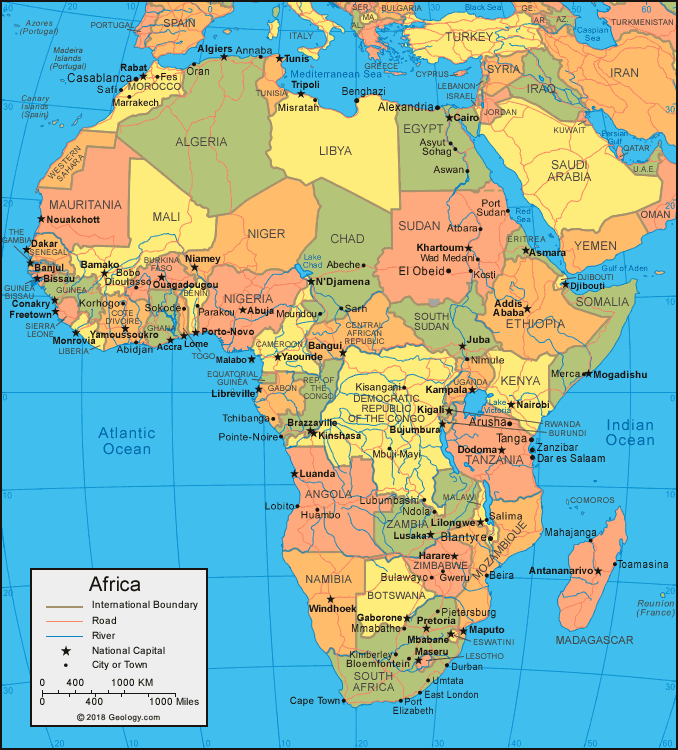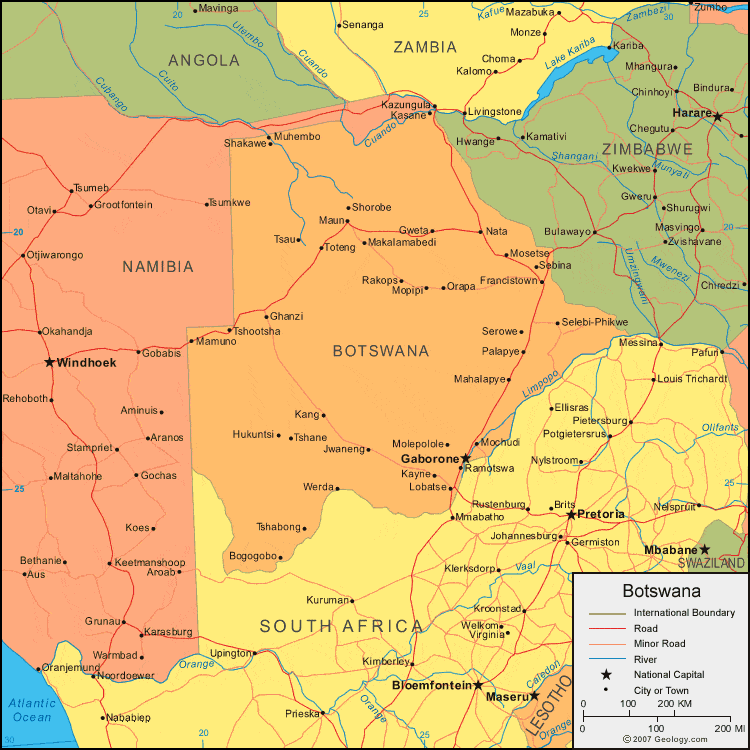There are 54 countries in Africa and Botswana is in the south part of the continent. It borders South Africa, Namibia, Zambia, and Zimbabwe. Botswana is one the world’s largest producer of diamonds. Compared to other African countries, it has a relatively higher GDP, high credit rating and is considered an “upper-middle” income country. And yet, 17% of the country lives in poverty (32% in the rural areas). It has a population of approximately 2.6 million (similar to Miami-Dade County) who live in an area that is about the size of Texas…which makes this country one of the least densely populated in the world. If you are a Florida State Seminole, you will be pleased to learn that the President of Botswana, the Honorable Mokgweetsi Masisi has a Master’s degree from FSU.
Botswana Early Childhood Development Background
The early childhood care and education program in Botswana has slowly evolved since the country’s independence. The National Daycare Center Policy (NDCP) of 1980 provided initial guidance in the management, protection, and education for children of ages 2½ – 6. In 1994, the revised National Policy on Education (RNPE) gave the Ministry of Education the responsibility to register, supervise and develop the curriculum, train teachers, and set standards. The policy was further refined and strengthened in 2001.
While Botswana has made significant strides in its development journey, challenges still exist in the delivery of quality education. Recognizing the importance of education for its citizens, the Government has articulated in its Vision 2036 that “education and skills are the basis for human resource development” and that “Botswana society will be knowledgeable with relevant quality education that is outcome based.” The education budget, however, is largely focused on tertiary education and less on pre-primary and primary education.
- There are 296,000 children under the age of five. 67% of those children lack access to early learning.
- 84% of children are born into single-mother households half of which are grappling with poverty.
- Given that 90% of our brain develops by five, investing in early learning that addresses social and emotional development is crucial.

